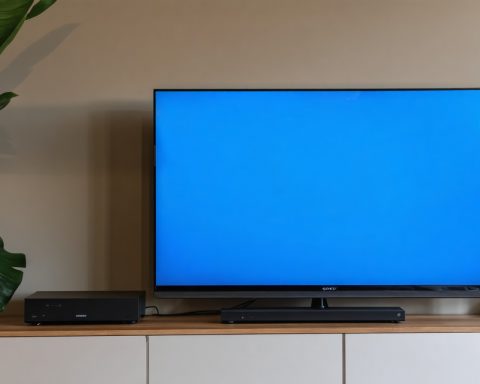China is racing to boost its space capabilities with ambitious plans for massive satellite megaconstellations. These networks, which include the Guowang and Qianfan projects, are set to expand China’s military and communications prowess, requiring innovations in rocket technology and a significant increase in launch capacity.
Rocket Developments and Strategic Implications
While China’s Long March 5B rocket offers unmatched lift capacity for delivering a significant number of Guowang satellites, the nation is also investing in new commercial launch systems, including reusable rockets, to enhance efficiency and reduce costs. By 2032, China is obligated to launch at least half of the planned 6,496 Guowang satellites, under international agreements. With multiple rockets in development, China aims to meet this deadline while enhancing its presence in orbit.
Military Observations
U.S. military officials closely monitor these advancements, recognizing the potential military advantages they provide. Unlike a single large satellite, vast constellations are more resilient against disruption. General Stephen Whiting from U.S. Space Command highlighted this trend, noting how these enhancements support various branches of China’s military through more precise and expansive operations.
As these space endeavors unfold, Brigadier General Anthony Mastalir expressed interest in observing how China integrates the Guowang system into military exercises. Such capabilities could provide global communication support, transforming operational strategies.
Communication and Cooperation
Currently, the U.S. Space Command tracks numerous objects in orbit, including China’s satellite maneuvers, but lacks consistent communication with Chinese operators. General Whiting emphasized the importance of fostering dialogue to ensure safe orbital management and minimize collision risks. As China advances its space ambitions, collaboration remains crucial to maintaining peace and safety in orbit.
China’s Space Ambitions: Innovations and Global Implications
China’s aggressive expansion into the space sector is marked by its ambitious satellite megaconstellations, epitomized by the Guowang and Qianfan projects. These ventures aim to transform China’s military and communication capabilities through advancements in rocket technology and increased launch capacity.
Exciting Innovations in Rocket Technology
China is not only relying on its formidable Long March 5B rocket but is also paving the way for new commercial launch systems, emphasizing reusable rocket technology. This shift aims to enhance efficiency and significantly reduce costs associated with launching thousands of satellites. By 2032, China must deploy at least half of the 6,496 planned Guowang satellites, aligning with international obligations. These technological advancements will be critical in meeting the deadline and solidifying China’s orbital presence.
Military Enhancements and Strategic Insights
China’s satellite constellations present notable military advantages, offering resilience and reliability over single, large satellites. General Stephen Whiting of the U.S. Space Command has identified this strategic edge, highlighting how these capabilities bolster precision and operational reach within China’s military sectors. Brigadier General Anthony Mastalir has shown interest in observing the integration of the Guowang system into China’s military exercises, recognizing its potential to revolutionize global communication and operational strategies.
Communication Between Global Space Powers
Despite monitoring numerous orbital objects, the U.S. Space Command faces challenges in maintaining active communication with Chinese space operators. General Whiting has advocated for dialogue to ensure safe orbital navigation and mitigate collision risks. This collaboration is vital for sustaining peaceful and secure space activities as China’s space initiatives continue to advance.
Future Trends and Global Impact
As China pushes forward with its space endeavors, the world watches closely. The innovations in satellite deployment and rocket technology could reshape global communication networks and military strategies. Ensuring cooperative engagement and safety protocols between major space-faring nations becomes increasingly important as these technologies evolve.
For more updates on China’s technological advancements and space innovations, visit the Air & Space Technology website.







